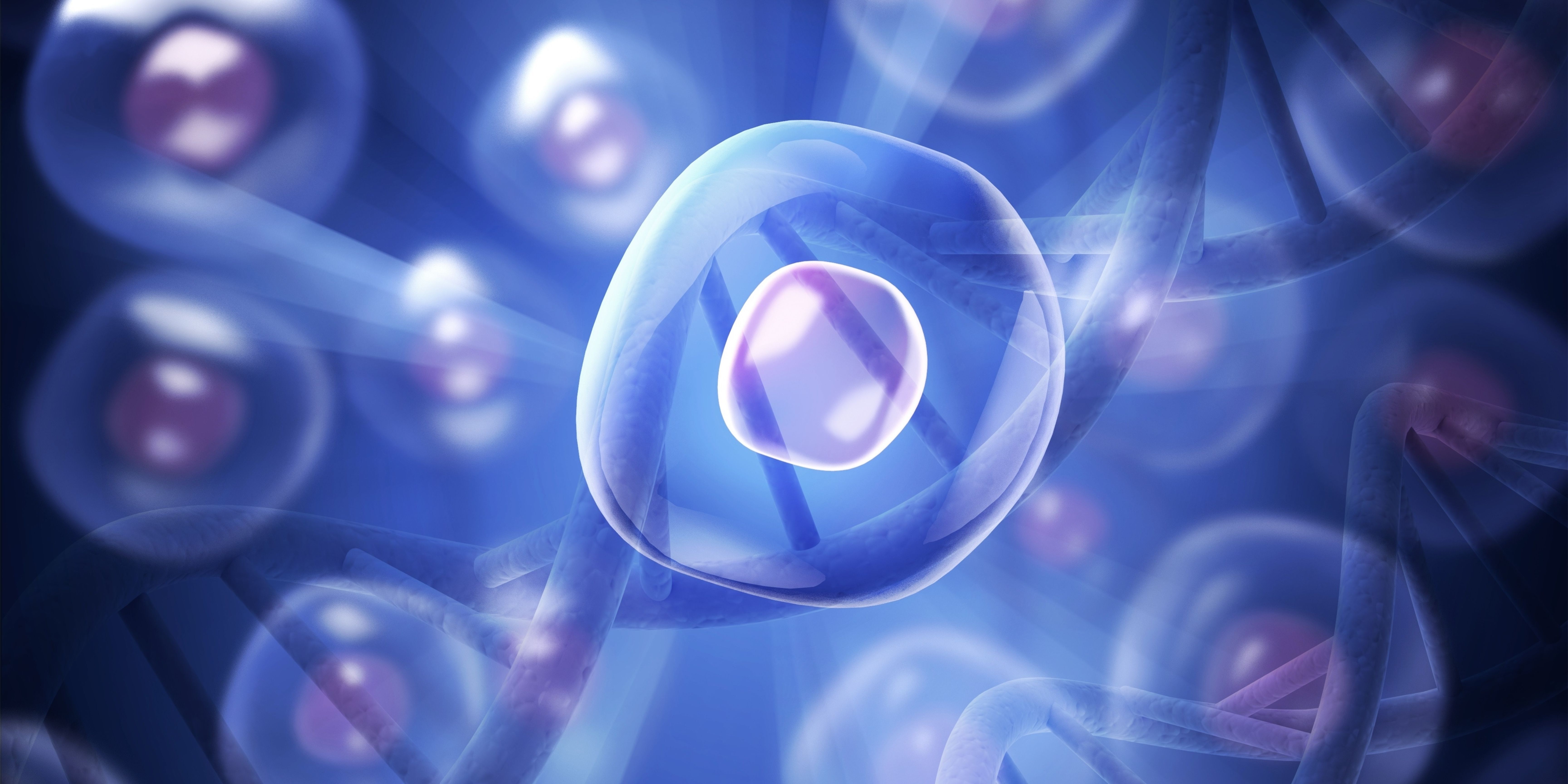Written by Nancy - 3 Minutes reading time
Organoids originating from cells in amniotic fluid could illuminate congenital conditions

Amniotic fluid is chock full of dead cells. And although the cells, which are shed from the developing fetus, have been used in prenatal diagnostics for over four decades, the composition of the tiny fraction of the living cells has not been clearly defined.
Researchers in the U.K., who sought to map the living cells from amniotic fluid, found that some expressed progenitor markers. The progenitor cells (which are referred to as tissue specific stem cells and are distinct from pluripotent stem cells) can generate epithelial subtypes.
Further, the team observed for the first time that the progenitor cells are capable of forming fetal organoids. They successfully developed organoids of multiple different tissue types (small intestine, kidney, and lung) from the cells collected from the amniotic fluid samples, without accessing fetal tissue or termination of the pregnancy. The organoids may provide a means of understanding development during later-stage pregnancy and could aid research into congenital anomalies.
This work is reported in a study published in Nature Medicine entitled, “Single-cell guided prenatal derivation of primary fetal epithelial organoids from human amniotic and tracheal fluids.”
Current methods for deriving organoids for modeling pregnancy—mostly from post-mortem fetal tissue—have legal and ethical implications and are usually available only up to 20–22 weeks after conception, which has limited research into development in the later stages of pregnancy.
Paolo de Coppi, MD, a pediatric surgeon at Great Ormond Street Hospital (GOSH) and reader and head of stem cells and regenerative medicine at the University College London (UCL) Institute of Child Health in London, studies congenital malformation—a field in which imaging is the “gold standard.”
“We can say very little about the functions of the organs that may be malformed,” he said. The aim of this study was to try to understand more about those organs.
Here, the researchers evaluated epithelial cells from human amniotic fluid collected during prenatal investigations in 12 pregnancies between the 16th week and the 34th week. Using single-cell sequencing, the nature of the cells was characterised and epithelial cells of fetal gastrointestinal, renal, and pulmonary origin were identified and isolated.
To explore if these cells could be used to create organoids, the authors seeded the cells in culture and observed that the cells began proliferating and self-organising into three-dimensional organoids, visible within two weeks. They found that the cells formed tissue-specific primary fetal organoids, namely, small intestine, kidney, and lungs, and that they exhibited functional features of their origin tissue. The authors were able to use this technique to generate lung organoids from amniotic and tracheal fluid cells of fetuses affected by congenital diaphragmatic hernia (CDH) that recapitulated some features of this condition.
The questions to be answered, according to Mattia Gerli, DPhil, lecturer in stem cell science & biomaterials at the Faculty of Medical Sciences at the UCL, were: can we generate primary fetal organoids from amniotic fluid and can we use this to improve prenatal diagnosis and provide more information?
The team suggests that their findings may offer the opportunity for autologous derivation of primary fetal organoids during ongoing pregnancies, which could enable the development of advanced prenatal models and personalised therapies. The amniotic cells represent the functional parts of the organs in vitro, opening up possibilities for drug testing. And, because the organoids take 4–6 weeks to grow—personalised medicine advances may be possible.
The authors addressed the limitations of the study. They noted that further studies are needed to validate the translational impact of these findings. Also, they clarify that they are not describing a new treatment. Lastly, they noted that what they are describing is an alternative source of epithelial cells, not an alternative to other sources of cells, like fetal tissues or pluripotent derived organoids.
Regardless, the result is incredibly exciting. For Gerli, the most exciting aspect is bringing the advancements that have been made using adult organoids—in drug testing and disease modeling—to the world of fetal development. Now, he asserts, “We can access the fetus without touching the fetus.”
Interested in the dynamic Biotechnology Industry? Let our experts guide your career. Explore how we can help you today! Discover the possibilities here.
Also published on Genengnews.com
Want to stay informed about current Life Science and recruitment news on a regular base? Then register here for free.
